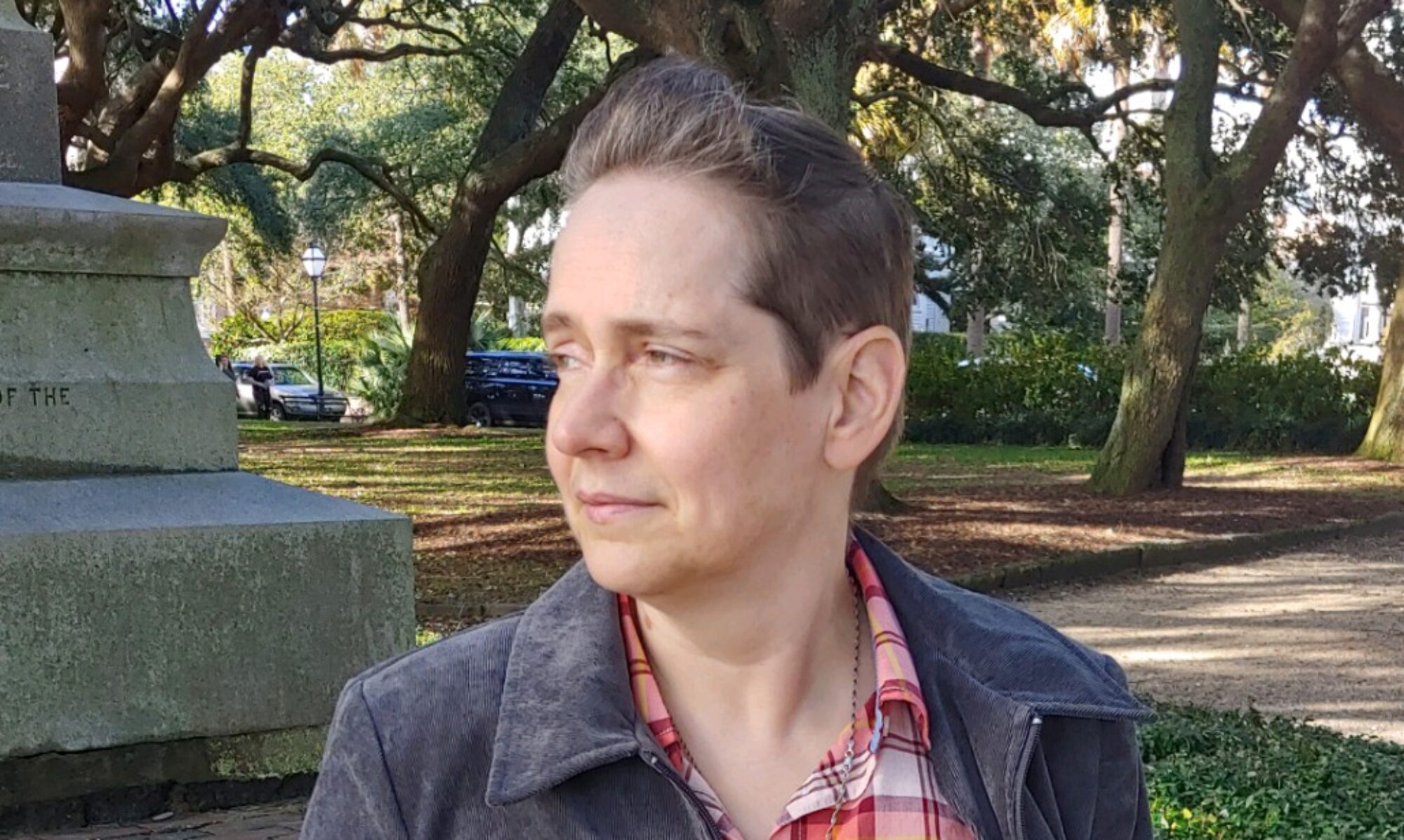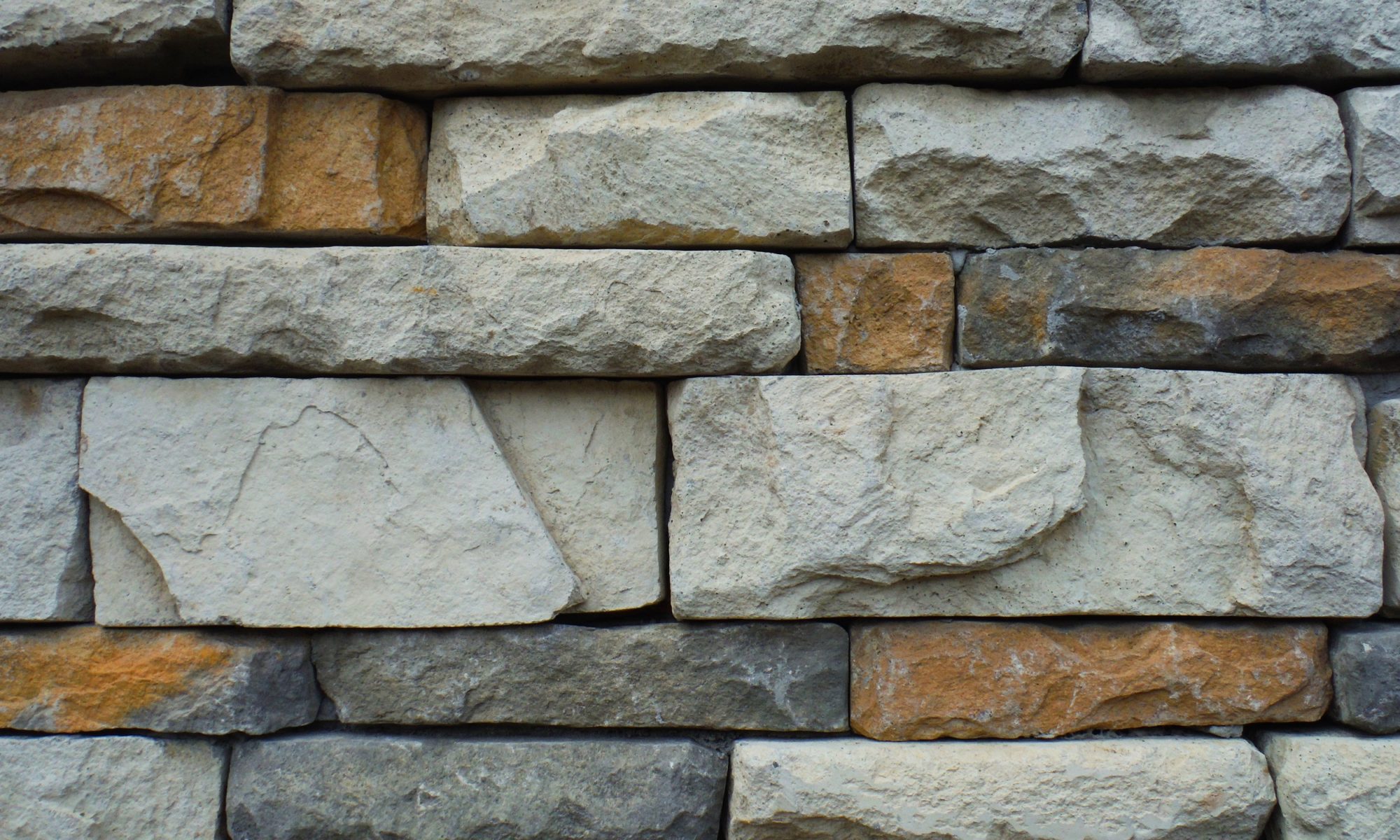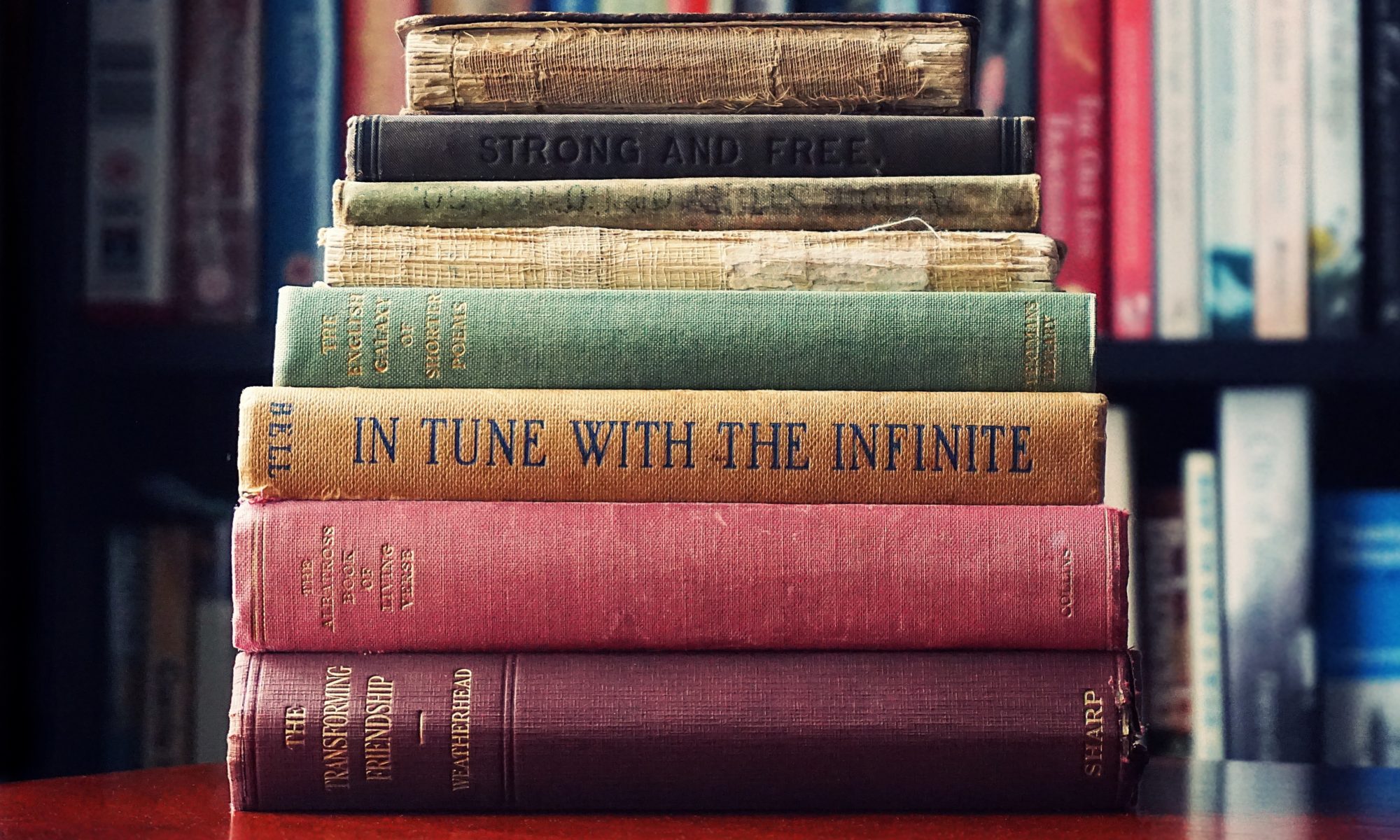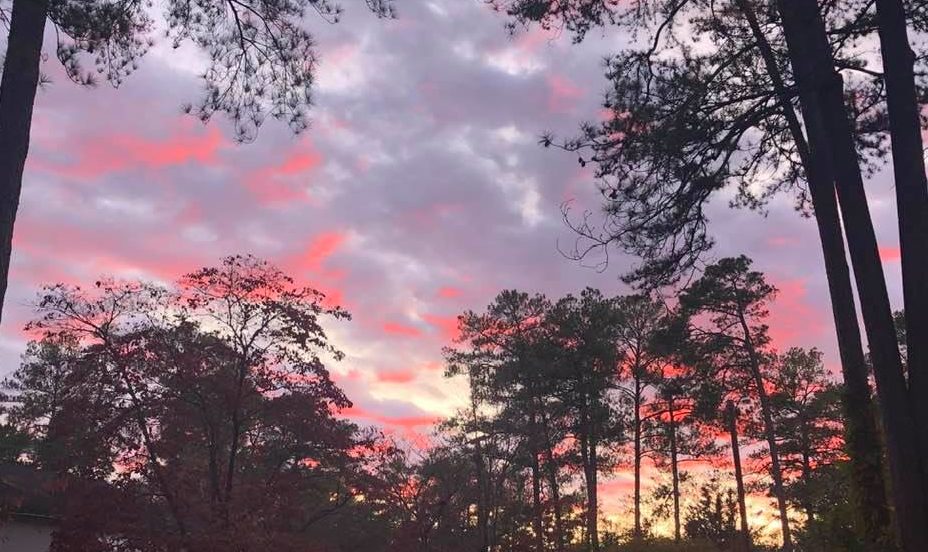Lesson 2: I have given everything I see in this room all the meaning that it has for me.
Joseph
Campbell, Mr. Follow Your Bliss guy, once remarked, “Life has no
meaning. Each of us has meaning and we bring it to life. It is a waste to be
asking the question when you are the answer.”
And yet, we want our lives to have meaning – we want the things around us to be meaningful. We often feel incomplete without a sense of meaning and purpose. I don’t believe A Course in Miracles is asking us to give up meaning in our lives, however. It’s asking us to give up our attachments to the meanings we’ve already made to the people and things in this world – to hold them lightly – to be willing to change how we see the world and how we react to events that happen both within and outside of ourselves.
Lesson two wants us to
become more deliberate in how we see the world around us and be more in tune
with how the ego automatically categorizes, compartmentalizes, judges and
pigeonholes every object and sentient being we encounter. Apply the idea
equally, it instructs “to a body or a button, a fly on the floor, an arm
or an apple.” Not to judge one as more meaningful than another – but to
see that everything in our purview is assigned a value, not by Spirit, but by
ego.
It’s only when we can
question the ego’s value system that we can begin to see how artificial and
arbitrary it really is. That is the key to escaping the ego’s grip on us –
seeing its methods and values for the capriciousness it really is. The ego
values things based on them having a special meaning – a special emotion that
it sparks within us. If we can be lead around by that meaning – that emotion –
then we can be manipulated into the ego’s favorite games of comparison,
competition and miscreation.
The Course
defines its own purpose when it says, “Your task is not to seek for love,
but merely to seek and find all of the barriers within yourself that you have
built against it.” (Chapter 16, Section IV:6)
The Muslim mystic poet
Hafiz, speaking for God, agrees, writing “I would like to remove some
rocks from your field so that you can plant more wheat.”
That kind of cultivation
of our mind and spirit begins when we are willing to see that as long as we
allow the ego to give our lives meaning, we are only constructing more barriers
to love – only adding more rocks to our field that prevents our lives from
flourishing into the garden of love we are supposed to be creating in this
world.
“It is not
necessary to seek for what is true,” the Course continues, “but
it is necessary to seek for what is false.”
Whatever is false are
those rocks – those samskaras – that prevent our souls from becoming the open
channels of love the world needs.
“So, I would like
to remove some stones from
your meadows; then an orchard you could grow,
and the world, and the world then, will come
to taste your riches.”










